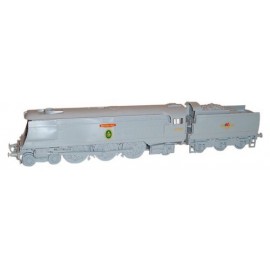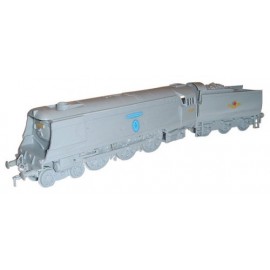G scale refers to a popular scale for outdoor and indoor garden railways. It is one of the larger scales used in...
No products
Product successfully added to your shopping cart
There are 0 items in your cart. There is 1 item in your cart.
Search Tips
What is a Pacific locomotive?
A 'Pacific' railway locomotive is a steam engine with the wheel arrangement 4-6-2. What that means is the locomotive has four smaller, unpowered wheels (two on each side) at the front, used to lead it into curves and provide stability, six larger, powered wheels (three on each side) in the middle to push it along and two smaller, unpowered wheels (one on each side) at the rear to help support and spread the weight of these huge engines. The wheel arrangement of a steam locomotive does not account for any wheels that are part of the tender.
The number of wheels and the jobs they do is an important part of a steam railway locomotive. The introduction of the 4-6-2 Pacifics was somewhat a milestone in locomotive design, the right balance between power, traction and efficiency had finally been achieved. So practical was the design of Pacific locomotives, they were in production in one form or another from 1901 until the mid-1950s.
As for where the name 'Pacific' comes from? The origins are unclear, but the most common theories relate to the original design of 4-6-2 locomotives being proposed in New Zealand, the design being a progression of the earlier Atlantic 4-4-2 locomotives or the fact that the Missouri Pacific Railroad was the first US railroad to use locomotives with that wheel configuration in 1902.
Click here to receive the tips weekly in your mailbox. You can unsubscribe at any time.










